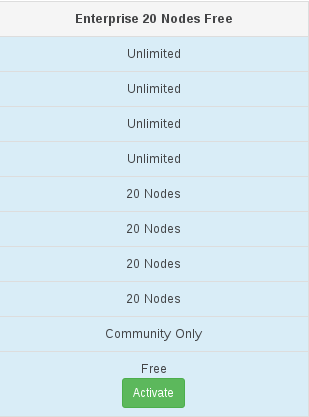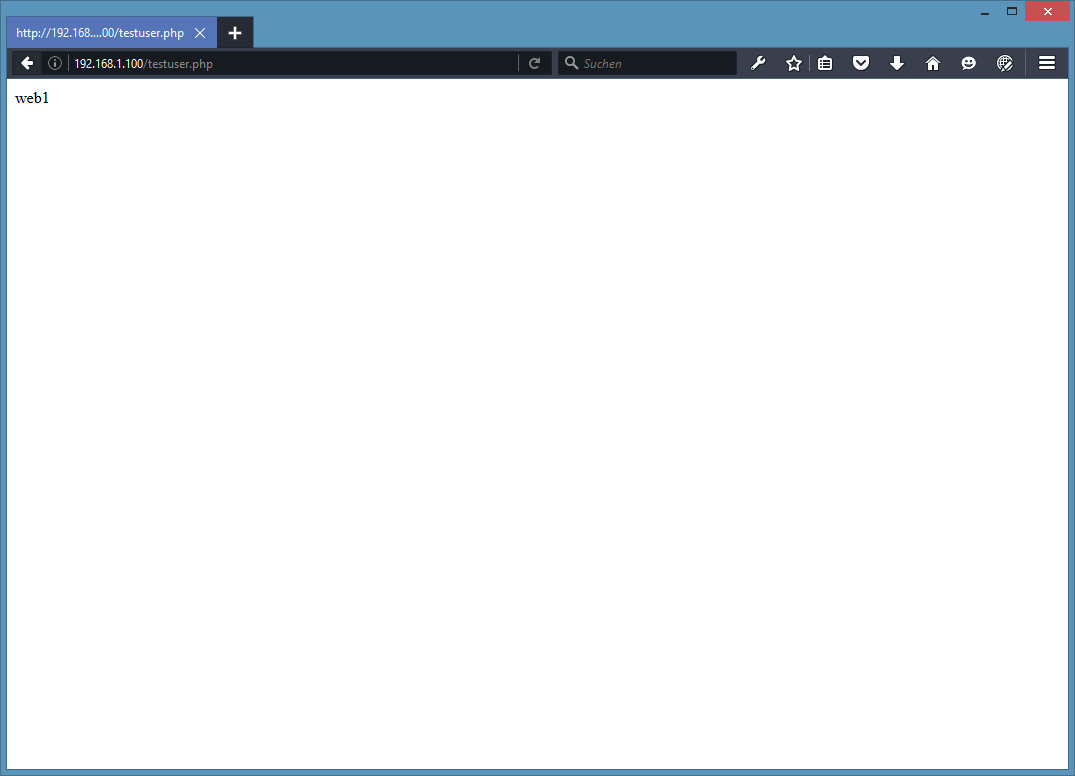How To Install Winexe On Centos Install
Posted By admin On 24/06/18Expanding Linux SysAdmin knowledge GUIDE to: • Please consider that a new submission must help Linux SysAdmins • General blog/news/review posts belong in • Articles/tutorials that simply reiterate what's in a manpage or a README, without adding significant value, are not useful • Inflammatory material doesn't help anyone but trolls aims to be a place where Linux SysAdmins can come together to get help and to support each other. Related reddits: • - general sysadminny stuff • - jobs for sysadmins • - for general questions • - guides and howtos • - put some dev in your ops Footnote: Talk realtime on IRC at # @ Freenode. Actually, the one that is packaged for Mint 17 (by the author himself) works just fine. You didn't need to go through all of that trouble:-) knobbysideup@l055-security-5 ~ $ apt-cache show winexe Package: winexe Status: install ok installed Priority: optional Section: winexe Installed-Size: 6503 Maintainer: Andrzej Hajda Architecture: amd64 Version: 1.00.1-1 Depends: libc6 (>= 2.15), zlib1g (>= 1:1.1.4) Description: winexe Description-md5: 41e1b834d8bcfce91f0d0a931198b807 • • • • •. I see that there were a few suggestions of these in the thread but here is what I use: cat.
Winexe-rpm - CentOS/RH/Amazon RPMs for winexe https://sourceforge.net/projects/winexe/. Winexe - winexe. Distribution: CentOS 6. Repository: Nux Dextop x86_64. Package name: winexe. Package version: 1.00. Package release: 2.3. Package architecture: x86_64. Package type: rpm. Installed size: 6.39 MB. Download size: 1.94 MB. Official Mirror: li.nux.ro. Description: unavailable.
Wine is an open source and free application for Linux that enables users to run any windows based application on Unix/Linux like operating system. Wine team keeps releasing their versions in every two weeks. Finally, the Wine team proudly announced the stable release of Wine 2.0.1 and made available for download in source and binary packages for various distributions such as Linux, Windows and Mac. This release describes as the first point release in the Wine 2.0 series, which comes with various bug fixes and general enhancements across the board, as well as support for many new games and applications.
For a complete summary of major changes, See the release notes of Wine 2. Keygen Pctv Systems there. 0.1 at Read also: In this article we will guide you a simplest way to install the latest release of Wine 2.0.1 version in RHEL 7.x/6.x/5.x, CentOS 7.x/6.x/5.x and Fedora 25-20 using source code (difficult and only suitable for experts) and epel repository (easy and recommended for new users). Installing Wine 2.0.1 Using Source Code Step 1: Installing Dependency Packages We need to install ‘ Development Tools‘ with some core development tools such gcc, flex, bison, debuggers etc. These software’s are must required to compile and build new packages, install them using YUM command. New Blue Fx Activation Keygen Free.
# yum -y groupinstall 'Development Tools' # yum -y install libX11-devel libxml2-devel libxslt-devel freetype-devel flex bison Note: On Fedora 22+ versions, yum package manager no longer in use, you should use dnf instead yum in the command below. # dnf -y groupinstall 'Development Tools' # dnf -y install libX11-devel libxml2-devel libxslt-devel freetype-devel flex bison Read more about. If you are using latest version of Fedora 24 or Fedora 25, you can install Wine 2.0.1 using official Wine repository as shown.


---------- On Fedora 25 ---------- # dnf config-manager --add-repo # dnf install winehq-stable ---------- On Fedora 24 ---------- # dnf config-manager --add-repo # dnf install winehq-stable Step 2: Downloading Wine 2.0.1 Download the source file using Wget command under /tmp directory as a normal User. $ cd /tmp $ wget Step 3: Extracting Wine 2.0.1 Once the file is downloaded under /tmp directory, use the below commands to extract it.
$ tar -xvf wine-2.0.1.tar.xz -C /tmp/ Step 4: Installing Wine 2.0.1 It is recommended to compile and build Wine installer as a normal User. Run the following commands as normal user.
Note: The installer might take up-to 20-30 minutes and in the middle it will ask you to enter root password. ---------- On 32-bit Systems ---------- $ cd wine-2.0.1/ $./tools/wineinstall ---------- On 64-bit Systems ---------- $ cd wine-2.0.1/ $./configure --enable-win64 $ make # make install [Run as root User] Install Wine Using EPEL Repository Note: If you don’t want to mess with these all source code compilation and installation, there is an easy way using epel repository, but the available version of wine bit older. Let’s first install and enable EPEL repository to install wine as shown: # yum install epel-release # yum install wine Once the installation completes run the “ winecfg” configuration tool from KDE or GNOME desktop to see the supported configuration. If you don’t have any of the desktop, you can install it by using the below command as root user. # yum groupinstall 'X Window System' 'GNOME Desktop Environment' OR # yum groupinstall 'X Window System' 'KDE (K Desktop Environment)' # yum groupinstall 'GNOME Desktop' [On CentOS 7] # yum groupinstall 'Server with GUI' [On RHEL 7] Once the X Window System installed, run the command as normal user to see wine configuration.